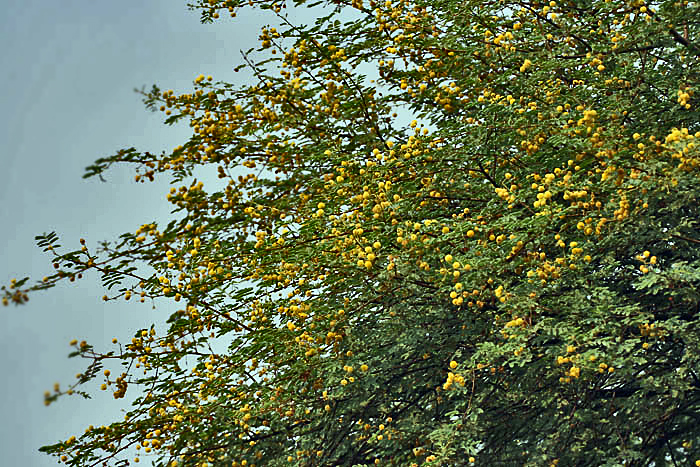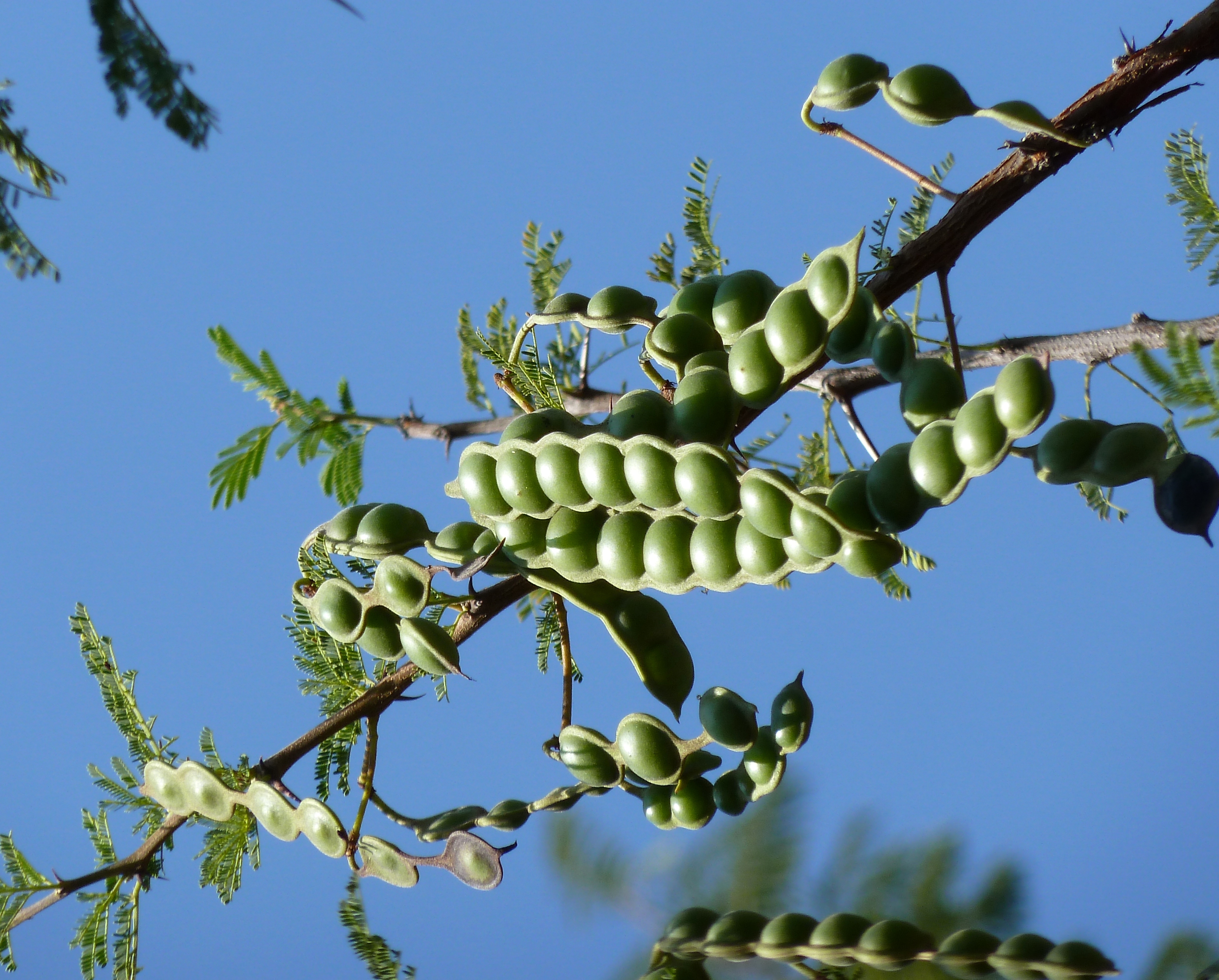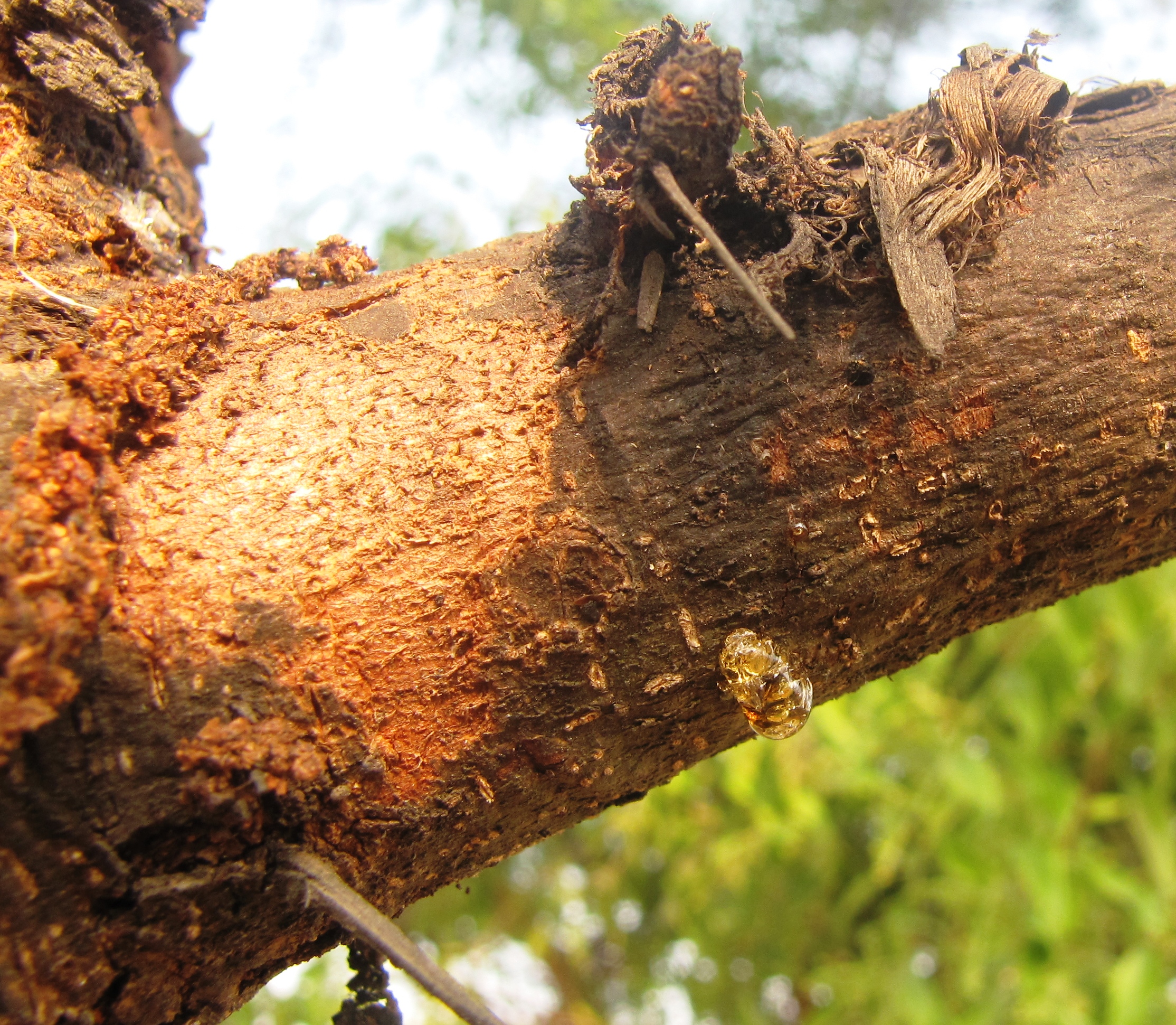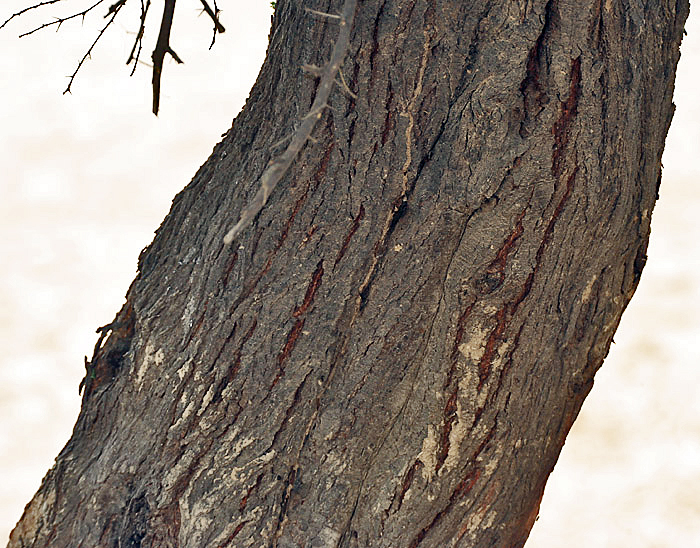Acacia arabica on:
[Wikipedia]
[Google]
[Amazon]
''Vachellia nilotica'', more commonly known as ''Acacia nilotica'', and by the
 ''Acacia nilotica'' or ''Vachellia nilotica'' is a tree 5–20 m high with a dense spheric
''Acacia nilotica'' or ''Vachellia nilotica'' is a tree 5–20 m high with a dense spheric



File:Vachellia nilotica, Village Behlolpur, Punjab, India.JPG, Vachellia nilotica, Village Behlolpur,
''Vachellia nilotica'' (as ''Acacia nilotica'') (www.frienvis.nic.in)
{{Taxonbar, from1=Q15525126, from2=Q1621617 nilotica Drought-tolerant trees Forages Flora of Western Asia Flora of the Arabian Peninsula Trees of the Indian subcontinent Plants used in Ayurveda Trees of Africa Trees of Azerbaijan Trees of Myanmar Flora naturalised in Australia Plants described in 1753 Taxa named by Carl Linnaeus
vernacular name
A vernacular or vernacular language is in contrast with a "standard language". It refers to the language or dialect that is spoken by people that are inhabiting a particular country or region. The vernacular is typically the native language, n ...
s of gum arabic tree, babul, thorn mimosa, Egyptian acacia or thorny acacia, is a flowering
A flower, sometimes known as a bloom or blossom, is the reproductive structure found in flowering plants (plants of the division Angiospermae). The biological function of a flower is to facilitate reproduction, usually by providing a mechanism ...
tree in the family Fabaceae. It is native to Africa, the Middle East and the Indian subcontinent
The Indian subcontinent is a list of the physiographic regions of the world, physiographical region in United Nations geoscheme for Asia#Southern Asia, Southern Asia. It is situated on the Indian Plate, projecting southwards into the Indian O ...
. It is also considered a ' weed of national significance' and an invasive species of concern in Australia, as well as a noxious weed by the federal government of the United States.
Taxonomy
This species of tree is thetype species
In zoological nomenclature, a type species (''species typica'') is the species name with which the name of a genus or subgenus is considered to be permanently taxonomically associated, i.e., the species that contains the biological type specime ...
of the Linnaean genus '' Acacia'', which derives its name from grc, ἀκακία, ', the name given by early Greek botanist-physician Pedanius Dioscorides
Pedanius Dioscorides ( grc-gre, Πεδάνιος Διοσκουρίδης, ; 40–90 AD), “the father of pharmacognosy”, was a Greek physician, pharmacologist, botanist, and author of '' De materia medica'' (, On Medical Material) —a 5-vo ...
(ca. 40–90) to this tree as a medicinal, in his book '' Materia Medica''. The genus ''Acacia'' was long known not to be taxonomically monophyletic, and despite being the type species of that genus, ''A. nilotica'' has since been moved to the genus ''Vachellia
''Vachellia'' is a genus of flowering plants in the legume family, Fabaceae, commonly known as thorn trees or acacias. It belongs to the subfamily Mimosoideae. Its species were considered members of genus '' Acacia'' until 2009. ''Vachellia'' ...
'', with the genus name '' Acacia'' being reserved for Australian species; the principle of priority, which would normally prevent such a taxonomic change, was waived with a majority vote by the International Botanical Congress
International Botanical Congress (IBC) is an international meeting of botanists in all scientific fields, authorized by the International Association of Botanical and Mycological Societies (IABMS) and held every six years, with the location rotati ...
in 2005. The renaming of the traditional ''Acacia'' to ''Vachellia'' remains controversial, especially in Africa, where ''V. nilotica'' is an iconic species and is widely referred to as the acacia. For the new classification of this and other species historically classified under genus ''Acacia'', see '' Acacia''.
The genus name ''Acacia'' derives from the Ancient Greek word for its characteristic thorns, , ', "thorn". The specific epithet ''nilotica'' was probably given by Linnaeus from this tree's originally known range along the Nile
The Nile, , Bohairic , lg, Kiira , Nobiin: Áman Dawū is a major north-flowing river in northeastern Africa. It flows into the Mediterranean Sea. The Nile is the longest river in Africa and has historically been considered the longest ...
river. In Australia the tree is known as a prickly acacia, despite usurping Dioscorides' two millennia-old etymology, the Australian species classified as ''Acacia'' in Australia do not have thorns.
Description
 ''Acacia nilotica'' or ''Vachellia nilotica'' is a tree 5–20 m high with a dense spheric
''Acacia nilotica'' or ''Vachellia nilotica'' is a tree 5–20 m high with a dense spheric crown
A crown is a traditional form of head adornment, or hat, worn by monarchs as a symbol of their power and dignity. A crown is often, by extension, a symbol of the monarch's government or items endorsed by it. The word itself is used, partic ...
, stems and branches usually dark to black coloured, fissured bark, grey-pinkish slash, exuding a reddish low quality gum. The tree has thin, straight, light, grey spines in axillary pairs, usually in 3 to 12 pairs, 5 to long in young trees, mature trees commonly without thorns. The leaves are bipinnate, with 3–6 pairs of pinnulae and 10–30 pairs of leaflets each, tomentose, rachis with a gland at the bottom of the last pair of pinnulae. Flowers in globulous heads 1.2–1.5 cm in diameter of a bright golden-yellow color, set up either axillary or whorly on peduncles 2–3 cm long located at the end of the branches. Pods are strongly constricted, hairy, white-grey, thick and softly tomentose. Its seeds number approximately 8000/kg.
Distribution
''Acacia nilotica'' or ''Vachellia nilotica'' is native fromEgypt
Egypt ( ar, مصر , ), officially the Arab Republic of Egypt, is a transcontinental country spanning the northeast corner of Africa and southwest corner of Asia via a land bridge formed by the Sinai Peninsula. It is bordered by the Medit ...
, across the Maghreb
The Maghreb (; ar, الْمَغْرِب, al-Maghrib, lit=the west), also known as the Arab Maghreb ( ar, المغرب العربي) and Northwest Africa, is the western part of North Africa and the Arab world. The region includes Algeria, ...
and Sahel, south to Mozambique
Mozambique (), officially the Republic of Mozambique ( pt, Moçambique or , ; ny, Mozambiki; sw, Msumbiji; ts, Muzambhiki), is a country located in southeastern Africa bordered by the Indian Ocean to the east, Tanzania to the north, Malawi ...
and KwaZulu-Natal, South Africa, and east through the Arabian Peninsula to the Indian subcontinent
The Indian subcontinent is a list of the physiographic regions of the world, physiographical region in United Nations geoscheme for Asia#Southern Asia, Southern Asia. It is situated on the Indian Plate, projecting southwards into the Indian O ...
and Burma
Myanmar, ; UK pronunciations: US pronunciations incl. . Note: Wikipedia's IPA conventions require indicating /r/ even in British English although only some British English speakers pronounce r at the end of syllables. As John Wells explai ...
. It has become widely naturalised outside its native range including Zanzibar
Zanzibar (; ; ) is an insular semi-autonomous province which united with Tanganyika in 1964 to form the United Republic of Tanzania. It is an archipelago in the Indian Ocean, off the coast of the mainland, and consists of many small islan ...
and Australia. It is spread by livestock
Livestock are the domesticated animals raised in an agricultural setting to provide labor and produce diversified products for consumption such as meat, eggs, milk, fur, leather, and wool. The term is sometimes used to refer solely to animal ...
.
Uses



Forage and fodder
In part of its range smallstock consume the pods and leaves, but elsewhere it is also very popular withcattle
Cattle (''Bos taurus'') are large, domesticated, cloven-hooved, herbivores. They are a prominent modern member of the subfamily Bovinae and the most widespread species of the genus ''Bos''. Adult females are referred to as cows and adult ma ...
. Pods are used as a supplement to poultry
Poultry () are domesticated birds kept by humans for their eggs, their meat or their feathers. These birds are most typically members of the superorder Galloanserae (fowl), especially the order Galliformes (which includes chickens, quails, ...
rations in India
India, officially the Republic of India (Hindi: ), is a country in South Asia. It is the seventh-largest country by area, the second-most populous country, and the most populous democracy in the world. Bounded by the Indian Ocean on the so ...
. Dried pods are particularly sought out by animals on rangelands. In India branches are commonly lopped for fodder. In West Africa, the pods and leaves are considered to have anthelminthic
Anthelmintics or antihelminthics are a group of antiparasitic drugs that expel parasitic worms (helminths) and other internal parasites from the body by either stunning or killing them and without causing significant damage to the host. They may ...
properties on small ruminants and this has been confirmed by in vitro experiments on nematodes.
Tooth brushing
The tender twig of this plant is used as a toothbrush in south-east Africa, Indian subcontinent.Gum arabic
The exudate gum of this tree is known asgum arabic
Gum arabic, also known as gum sudani, acacia gum, Arabic gum, gum acacia, acacia, Senegal gum, Indian gum, and by other names, is a natural gum originally consisting of the hardened sap of two species of the ''Acacia'' tree, '' Senegalia se ...
and has been collected from the pharaonic
Pharaoh (, ; Egyptian: '' pr ꜥꜣ''; cop, , Pǝrro; Biblical Hebrew: ''Parʿō'') is the vernacular term often used by modern authors for the kings of ancient Egypt who ruled as monarchs from the First Dynasty (c. 3150 BC) until the ...
times for the manufacture of medicines, dyes and paints. In the present commercial market, gum arabic is defined as the dried exudate from the trunks and branches of ''Senegalia (Acacia) senegal'' or ''Vachellia (Acacia) seyal'' in the family Leguminosae (Fabaceae). The gum of ''A. nilotica'' is also referred to in India as ''Amaravati gum''.
Lumber
The tree's wood is "very durable if water-seasoned" and its uses include tool handles and lumber for boats. The wood has a density of about 833 kg/m3.Food and medicine
In India it's used as a ingredient in various dishes. The Maasai people eat both the inner bark (phloem
Phloem (, ) is the living tissue in vascular plants that transports the soluble organic compounds made during photosynthesis and known as ''photosynthates'', in particular the sugar sucrose, to the rest of the plant. This transport process is c ...
) and the fruit pulp boiled in water. They also use this plant medicinally to treat sore throat, cough, chest pains etc.
In Northern Nigeria it is called ''bagaruwa'' in Hausa
Hausa may refer to:
* Hausa people, an ethnic group of West Africa
* Hausa language, spoken in West Africa
* Hausa Kingdoms, a historical collection of Hausa city-states
* Hausa (horse) or Dongola horse, an African breed of riding horse
See also
...
. Medicinal uses include soaking the tender bark in water to be taken against dysentery and pile. The fruits are ground together with the seeds and taken with honey as treatment against stomach ulcers.
Propagation
There are 5000–16000 seeds/kg.Gallery
Punjab
Punjab (; Punjabi: پنجاب ; ਪੰਜਾਬ ; ; also romanised as ''Panjāb'' or ''Panj-Āb'') is a geopolitical, cultural, and historical region in South Asia, specifically in the northern part of the Indian subcontinent, comprising a ...
, India
India, officially the Republic of India (Hindi: ), is a country in South Asia. It is the seventh-largest country by area, the second-most populous country, and the most populous democracy in the world. Bounded by the Indian Ocean on the so ...
File:Vachellia nilotica, at village Chaparr Chirri, Mohali, Punjab, India.JPG, village Chaparr Chirri, Mohali, Punjab
Punjab (; Punjabi: پنجاب ; ਪੰਜਾਬ ; ; also romanised as ''Panjāb'' or ''Panj-Āb'') is a geopolitical, cultural, and historical region in South Asia, specifically in the northern part of the Indian subcontinent, comprising a ...
, India
India, officially the Republic of India (Hindi: ), is a country in South Asia. It is the seventh-largest country by area, the second-most populous country, and the most populous democracy in the world. Bounded by the Indian Ocean on the so ...
File:Acacia-nilotica.jpg, Compound leaf, seed, flower and seed pod
See also
* List of Indian timber trees *Arid Forest Research Institute
Arid Forest Research Institute (AFRI) is a research institute situated in Jodhpur, Rajasthan, India. The institute conducts scientific research in forestry in order to provide technologies to increase the vegetative cover and to conserve biod ...
(AFRI)
* Babool (brand)
Babool is a toothpaste brand which was launched in India by '' Balsara Hygiene'' in 1987. Babool is made from the bark of the Babool tree, which has traditionally been used to clean teeth in India. The brand was positioned as an economic toothp ...
of toothpaste
* Teeth cleaning twig (datun)
References
External links
* *''Vachellia nilotica'' (as ''Acacia nilotica'') (www.frienvis.nic.in)
{{Taxonbar, from1=Q15525126, from2=Q1621617 nilotica Drought-tolerant trees Forages Flora of Western Asia Flora of the Arabian Peninsula Trees of the Indian subcontinent Plants used in Ayurveda Trees of Africa Trees of Azerbaijan Trees of Myanmar Flora naturalised in Australia Plants described in 1753 Taxa named by Carl Linnaeus